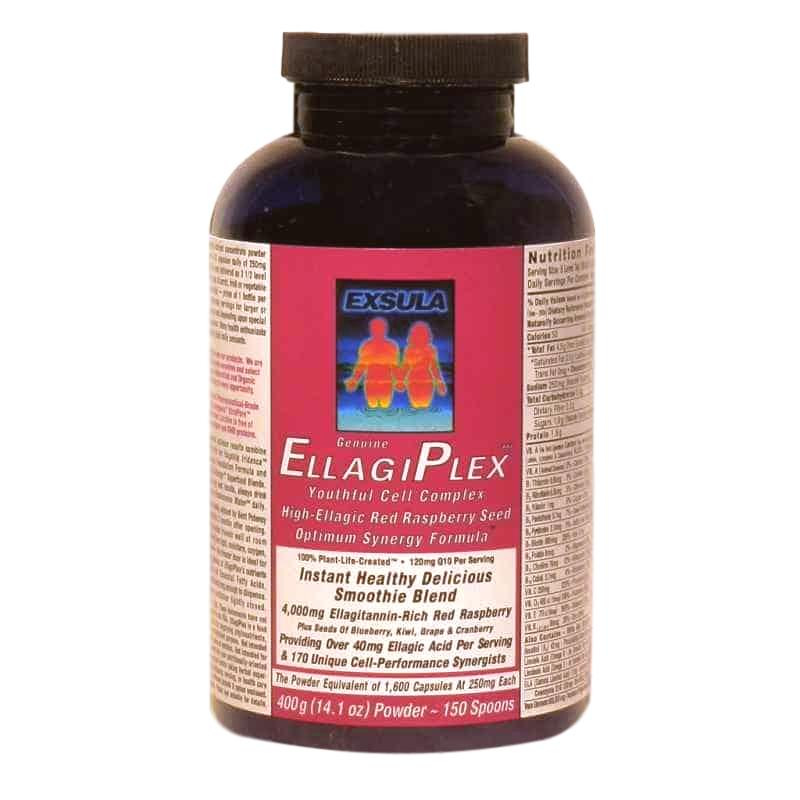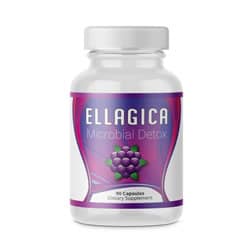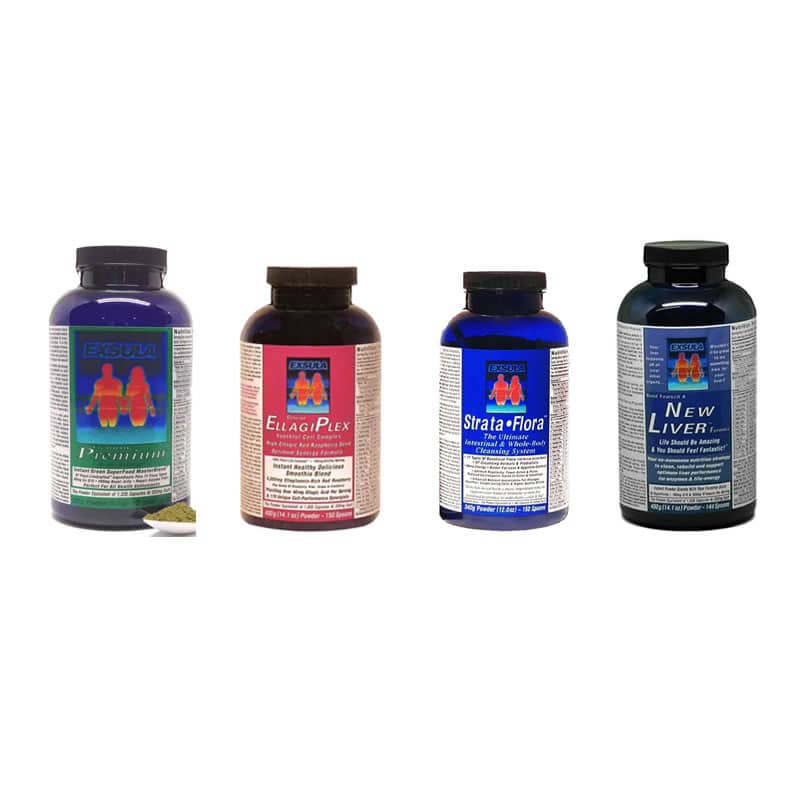No products in the cart.
Sensitive to Sulfites?
From the book: How to Fight Cancer and Win
Although asthmatics who ingest sulfites are at greater risk than most of us, about 25 percent of the complaints received by the FDA regarding sulfites come from persons who don’t have a history of asthma. Symptoms of sulfite sensitivity include: severe respiratory distress, vomiting, nausea, diarrhea, abdominal pain and cramps, hives, unconsciousness and death. At least 20 deaths associated with sulfite consumption had been reported to the FDA by 1985.
In one or the other of its many disguises, sulfites function as preservatives and/or antioxidants. Some are used as bleaching agents for food starches, some are used in the manufacturing of cellophane, and some are used as sterilizing agents. Salad fixings are dipped or dusted with sulfites to preserve their fresh look and appetizing color.
Sulfites include a variety of sulfur-based additives (sulfur dioxide, sodium sulfite, sodium and potassium bisulfate, sodium and potassium metabisulfite). You’ll find sulfites in baked goods, chip dips, dried fish, canned or dried fruits, juices, gelatin, potato products, salad dressings, relishes, sauces, gravies, sauerkraut, cole slaw, shellfish (fresh, frozen, canned), dried and canned soups, vegetables (frozen, dried, canned), vinegars, wine, beer and cider.
It’s hard to understand just how sulfites have assumed such importance. People have been baking for centuries without sulfites. People have been drying fish, vegetables, fruits, and even meats for centuries without sulfites. People have been eating shellfish for centuries without sulfites. People have been making wine, beer, and cider for centuries without adding sulfites. When I was a child, I remember my grandmother making sauerkraut (and many other cabbage dishes) without sulfites. The only reason sulfites are added to our foods today is to improve the look of inferior foods and extend the shelf life.







